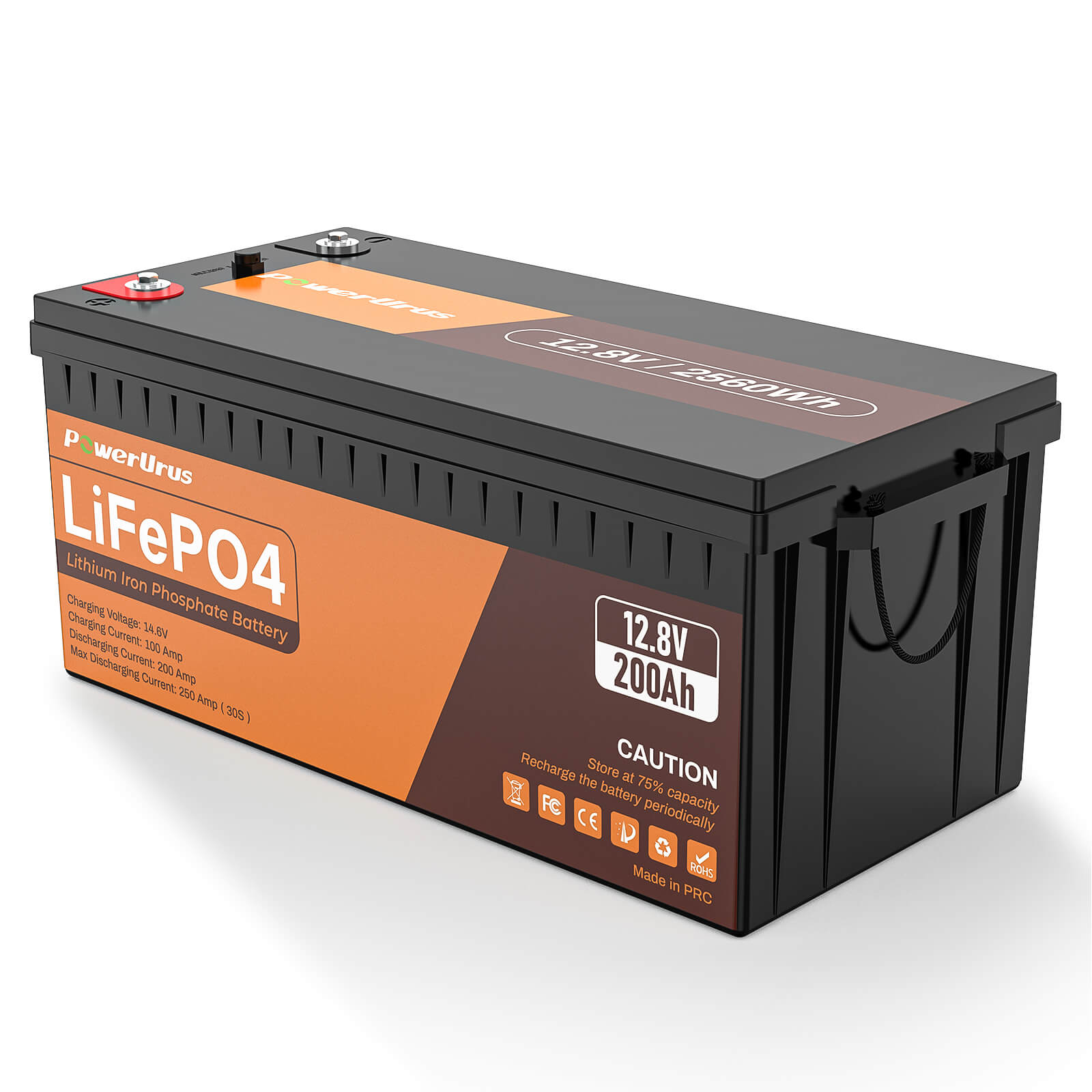I have 2 of the batteries. As far as load goes at the present time it is minimal at best, just a few LED lights in my shop and charging battery power tools etc; The only thing I am concerned about are my freezers and refrigerator in an extended power outage. I am not grid tied with the solar or my standby generator. For the generator I am using a manual transfer switch for selected circuits. The batteries are Rich Solar 200 AH wired in parallel. Thanks for your input, it's greatly appreciated. My personal finances are about tapped out for the moment as I am retired, living on a fixed income. And I see the COLA for Social Security is going to be about 3.2% this year due to inflation. What @#%&** planet do they live on??
Ok so I looked up your batteries. They each can provide up to 200A of draw, so 400A total, which is enough to cover your 4000W inverter.
But according to your actual needs, you need way less than that. I'm guessing on some of these numbers, so take this as a back of the napkin estimate:
4 LED shop lights, 88W = 352W total
4 charging stations of power tools, 65W = 259W
2 7cf chest freezers, 202W = 404W (consider the startup surge would be significantly higher, about 10x)
1 15cf fridge, 100-400W (unless its old, then up to 800W)
Grand total of all that, if all plugged in and running at the exact same time would be = 1415W
That's a LOT lower than 4000W. You don't need that much inverter. The "cost" of having such an inverter is in the idle draw as you found out. I found that out, too, sold my inverter and bought a new one.
The Victron Multiplus 12/3000 I mentioned is more than you need, but they don't make a 1500 or 2000W version for the North American market, not yet anyways. The idle draw is only 20W and if you setup the ECO mode (aka search mode), it's as low as 8W). I setup my Victron inverter for ECO mode and it works wonderfully. I was using 24W idle draw on my old inverter and now I use about 3-4W. Batteries are expensive and even then I didn't have room for any more batteries (or panels) in my case, so a more efficient inverter was the answer. No regrets.
Not sure what you paid for your Rich Solar batteries, but I see they are "on sale" (I think the 'sale' is perpetual?) for $999. What a rip-off and I'm sorry you got suckered by that. You can get quality batteries of that size for $700 or less these days.
As for COL increases, tell me about it. I'm a health care provider and had to stop taking health insurance recently because there has not been a cost of living increase for my profession since 1993. And I didn't get payment on everything either, sometimes they found some technical bit (like a lawyer might do) that allows them to not pay and it was cheaper to let the money go than spend the hours on the phone and fax trying to get that $38.50 they owed me. I couldn't support my family on that and I regret not being able to help people who can't afford to pay out of pocket, but I've told them all to go talk to their HR managers and insurance companies and the State Insurance commissioner.




